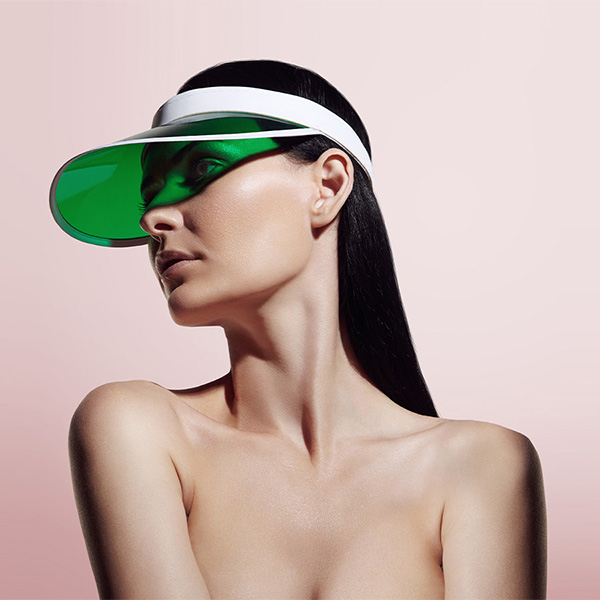Photoaging of hair in the practice of a specialist in aesthetic medicine
About the influence of natural aggressors and methods of hair protection

Although in terms of health risk, photodamage to hair is less important than photodamage to the skin, healthy hair is associated not only with beauty, but also with general self-esteem. That is why a trichologist should know how to deal with this problem.
Aging hair involves the degradation of the hair shaft, which consists of the progressive destruction of the hair fiber from the root to the tip.
Hair damage is a universally recognized concept that encompasses a variety of symptoms, including:
- dryness;
- increased fragility;
- split ends;
- hardness of hair to the touch;
- uncontrollable hair;
- lack of shine.
Human hair is constantly exposed to repeated exposure to the environment, commonly referred to as "atmospheric weathering", which is exacerbated by various external factors. Such external factors include sunlight, water, dust, friction, hair brushing and cosmetic procedures such as, for example, dyeing or perming. In addition to the natural internal aging of hair, these factors provoke external aging of the hair shaft. Among the natural aggressors, sunlight, in particular UV rays, plays an important role in hair aging. We call their influence photoaging, which is the topic of the article.
Hair and UV radiation
The hair fiber is organized in the form of a biphasic accumulation of intercellular, consisting of keratin fibers located in an amorphous matrix. Modern genomic analysis has identified up to 54 types of keratins in humans, grouped into type I and II intermediate filaments, 17 of which are hair keratins, which are a group of insoluble cystine-containing helicoidal protein complexes and form 65-95% of the hair structure by weight. The largest mass of the hair shaft is the cortical substance of the hair, which is responsible for the mechanical properties of the fiber.
Full version of the access article in Ukrainian
This article is part of the special project "Prevention of photoaging"
Read also
- Rehabilitation of the skin after insolation and prevention of photoaging
- EM doctor's autumn concerns: photoaging
- Chrono- and photoaging: a comprehensive approach to solving the problem
- Antioxidants in cosmetic products as prevention of photoaging
- How to choose the best protection against pigmentation?
- Photoaging: clinic, pathogenesis, prevention
- Photoaging: etiology, pathogenesis, clinic
- Ways to improve the microcirculation of the skin of the face
- Possible methods of photoaging correction
- Wrinkles
